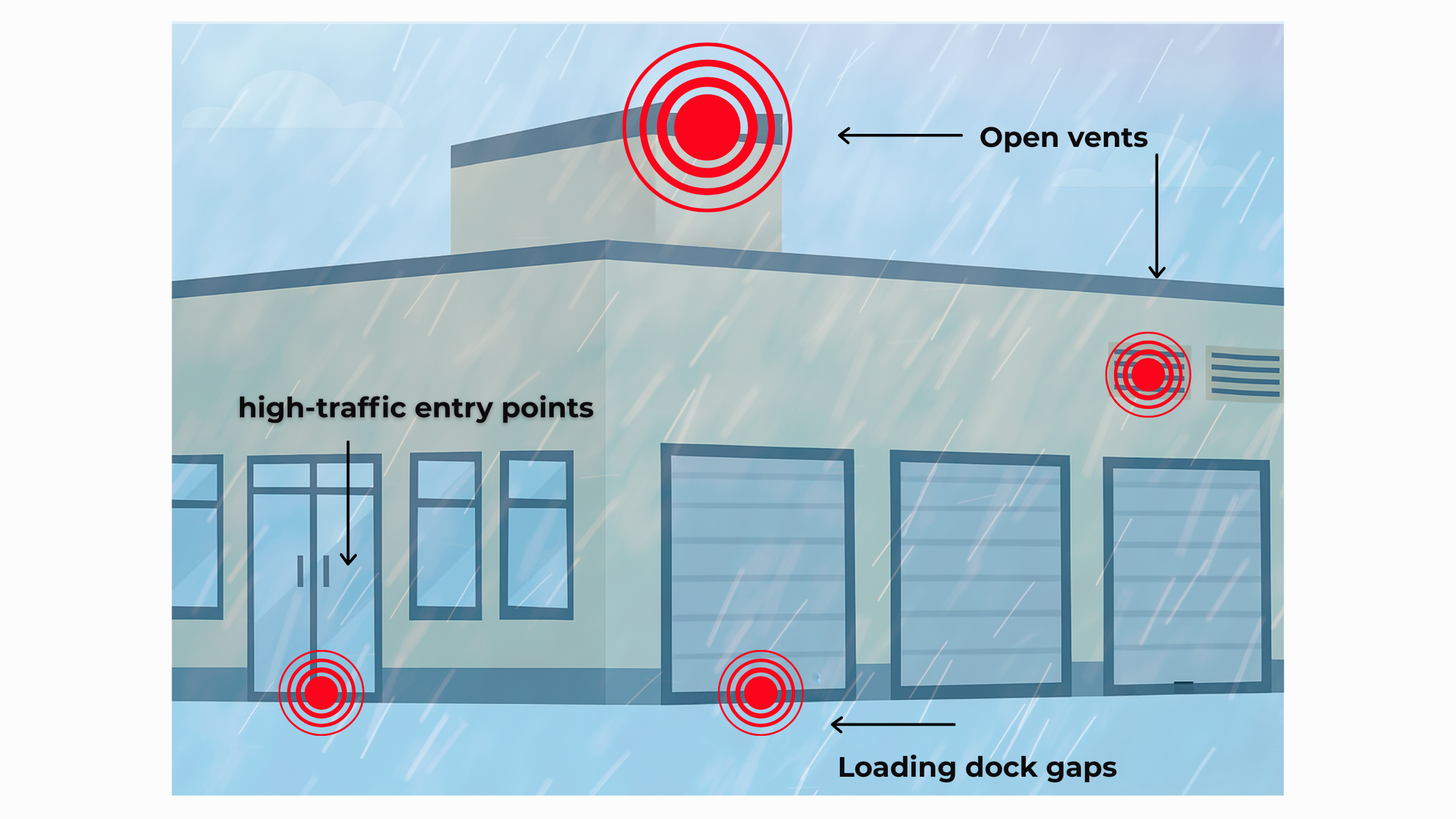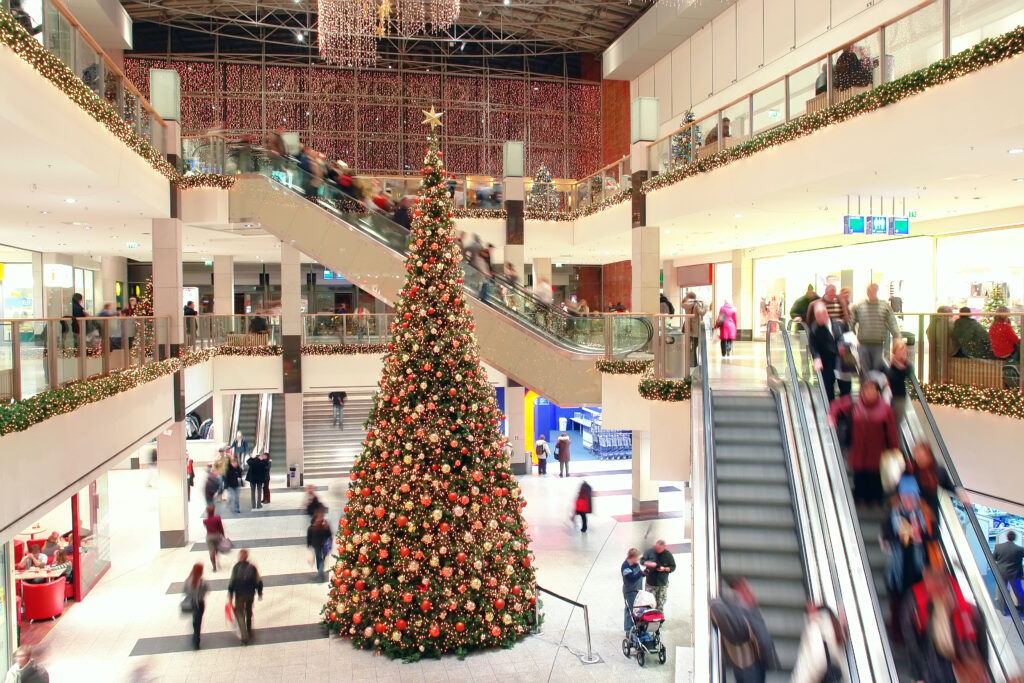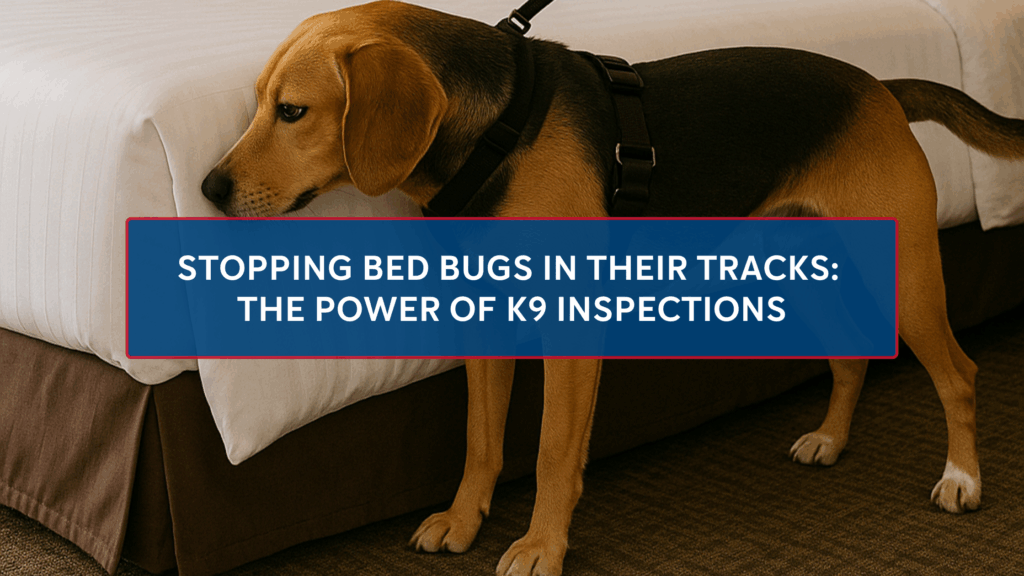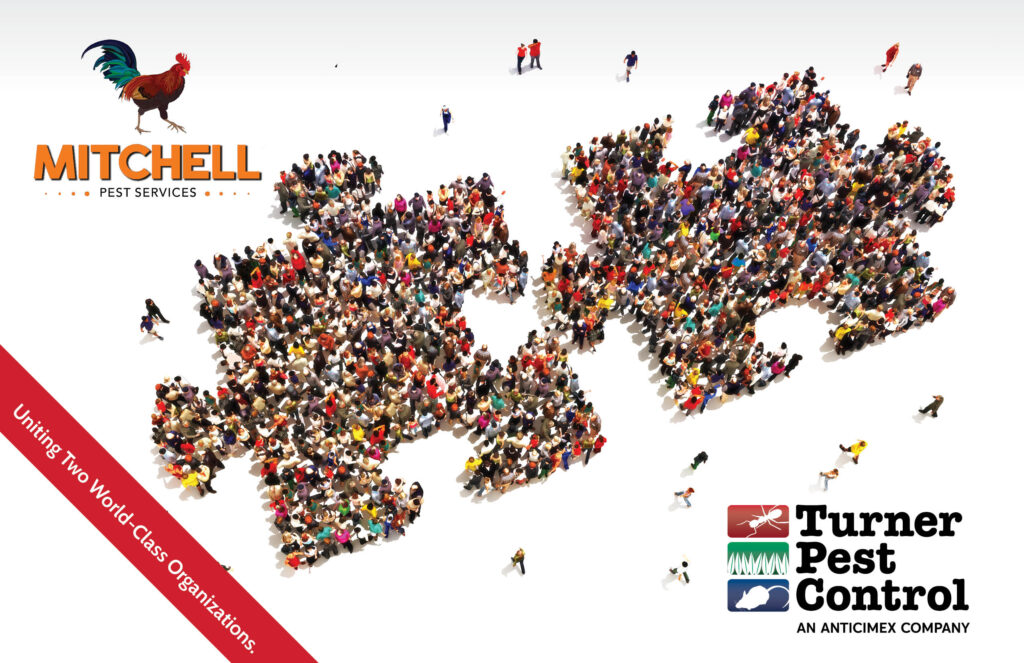
Hurricanes Can Trigger a Flood of Pest Issues — Here's What to Do About It
Hurricanes don't just knock out power — they disrupt entire ecosystems, forcing pests and wildlife to seek shelter in places they don't belong. For commercial property owners and managers, that can mean an influx of uninvited guests that put your facility, operations, and people at risk.
From rodents and cockroaches to displaced wildlife, storm damage creates easy access points and ideal conditions for pests to move in. The longer they stay, the more costly — and hazardous — the problem becomes.
Why Pest Activity Spikes After a Storm
Severe weather:
- Destroys natural habitats — Floodwaters, wind, and debris wipe out food sources and nesting areas.
- Opens new entry points — Damaged vents, rooflines, soffits, and dock doors provide direct access inside.
- Creates ideal breeding zones — Standing water, debris piles, and unsealed trash attract mosquitoes, flies, and rodents.
Commercial properties are especially vulnerable because they often have:
- Large, less frequently monitored spaces (warehouses, storage areas, crawlspaces)
- Exterior equipment and utilities with hidden access points
- Multiple entry/exit doors and loading docks
Post-Storm Pest & Wildlife Risks for Businesses
Rodents – Seek warm, dry shelter and chew through wiring, insulation, and stored goods.
Cockroaches – Thrive in post-storm debris and can spread bacteria to food-handling areas.
Mosquitoes – Breed in standing water left by flooding, increasing the risk of vector-borne diseases.
Wildlife – Raccoons, opossums, and squirrels may roost in attics, signage, or mechanical rooms.
Each of these pests can cause:
- Operational downtime
- Health and safety violations
- Inventory and equipment loss
- Costly repairs and sanitation efforts
Post-Storm Pest & Wildlife Checklist for Businesses
After severe weather, inspect your property for these red flags:
Structural Access Points
- Damaged vents, soffits, or rooflines
- Gaps around dock doors, loading bays, or utility lines
Signs of Intrusion
- Scratching or movement sounds in walls, ceilings, or storage areas
- Droppings in mechanical rooms, warehouses, or attics
- Chewed wires, insulation, or ductwork
Breeding & Nesting Risks
- Standing water in parking lots, planters, or roof drains
- Piles of storm debris near the building perimeter
Odors & Contamination
- Strong ammonia or foul smells
- Evidence of nesting materials in equipment or storage areas
Turner's Post-Storm Protection for Commercial Properties




Why Quick Action Matters
Delaying pest or wildlife control after a storm means giving intruders time to nest, breed, and spread contaminants. The result? Higher repair costs, extended downtime, and potential liability concerns.
Acting quickly keeps your operations running smoothly, protects your staff and customers, and safeguards your brand reputation.
Schedule Your Post-Storm Pest & Wildlife Inspection Today
Stay ahead of storm-driven pest problems before they cost you time, money, and peace of mind.
Call (800) 225-5305 or visit turnerpest.com to schedule your commercial inspection today.



